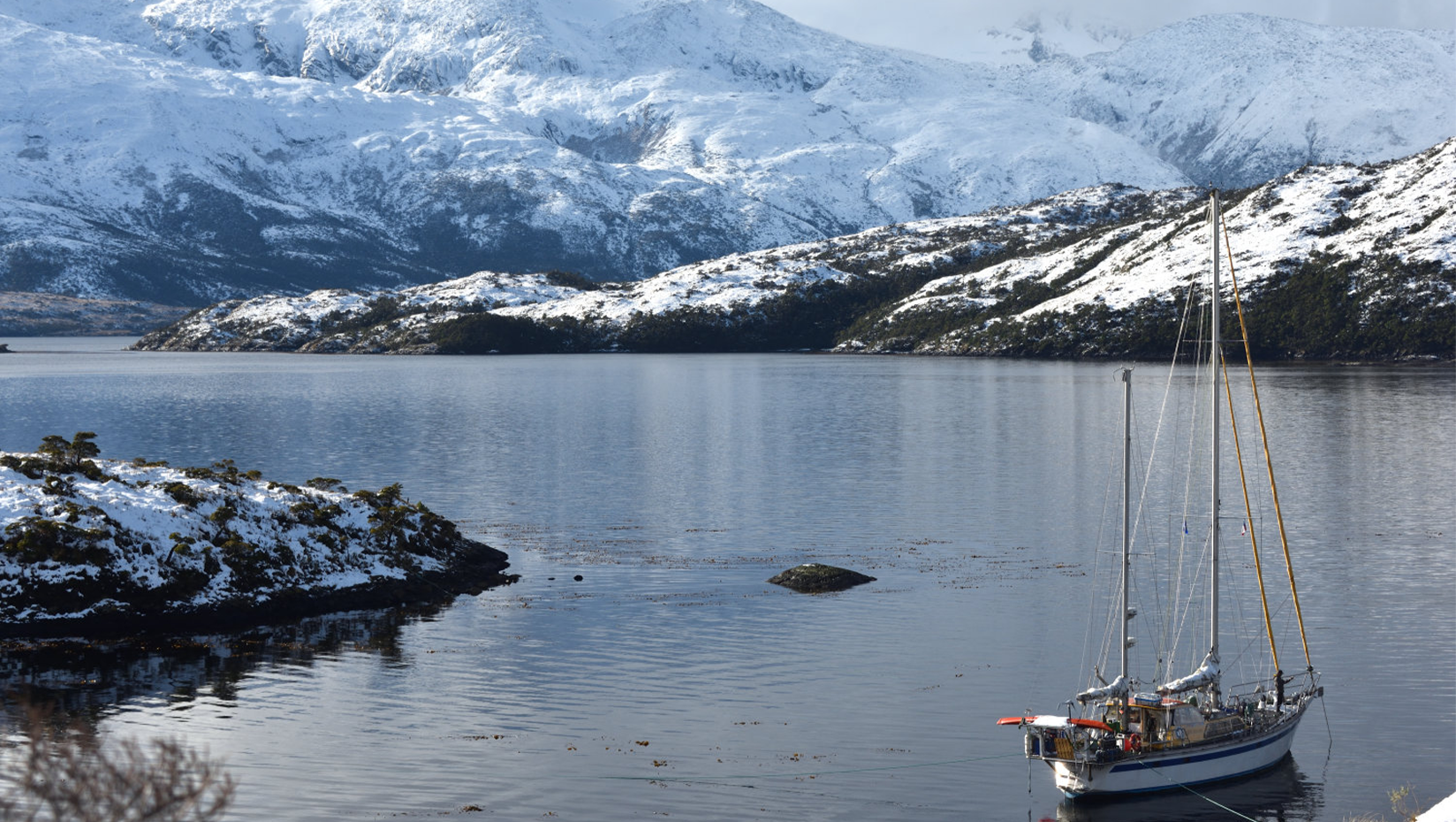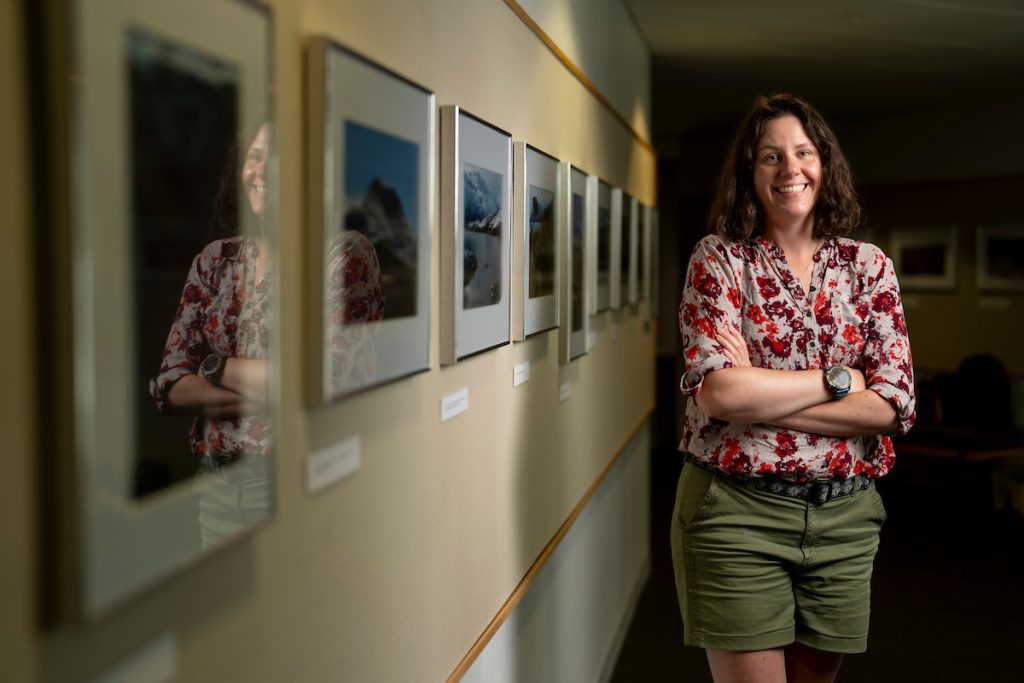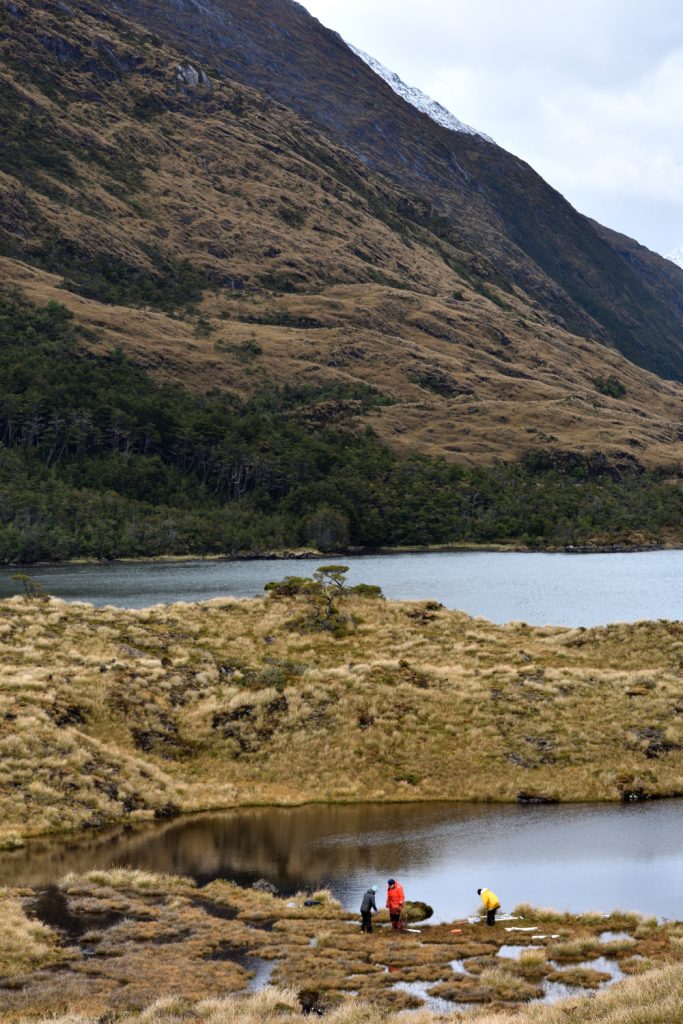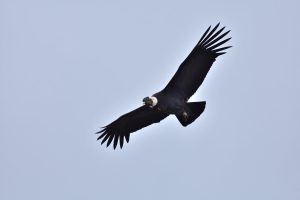Graduate student documents Chilean research voyage with photography – M. Miles

Graduate student documents Chilean research voyage with photography
The boat where Maraina Miles lived for a month was equipped with a small oven large enough for a tray of brownies, a four-burner gas stove and a mini refrigerator. Most of the perishables, such as avocados and cabbage, were stored on the top deck, kept cool by the Chilean weather and chest freezers.
Despite limited space and resources, Miles said one member of the crew, an Argentinian man, had previously owned a restaurant and prepared memorable meals for the group of about 10 researchers and students. Several, including Miles who is a Ph.D. candidate, were from the University of Maine, joined by members from other universities in the U.S. and South America.
They trudged through bogs, hiked along cliffs and lived on a 66-foot sailboat named the Ocean Tramp to acquire data on the most recent ice age. Miles learned about glaciers and lent a hand with fieldwork. By the time she was back home, she also had over 2,000 snapshots from a camera her mother had gifted her to remember how it felt to wade through muck and push a large probe into the ground.

Thirty-one of Miles’ documentary photos are framed and exhibited at UMaine’s Hudson Museum, where they will be on display until the start of the fall 2024 semester. Coming from an undergraduate background in fine arts, she had participated in exhibitions before but said she doesn’t feel the same type of pressure with her photo display. It’s there to give insight into their fieldwork in Chile — the sweaty parts and the scenery — not to be judged for the quality of content and aesthetics.
Before Miles came to UMaine in 2018, she completed a bachelor’s degree in sculpture and worked at the National Aviary in Pittsburgh, Pennsylvania. Working alongside people who had studied environmental sciences encouraged her to go back to school and pursue a second undergraduate degree in geology.
In her graduate studies at UMaine, she decided to specialize in the area of glaciers — Earth’s natural sculptures and a long-time interest of hers — and has focused her fieldwork in Antarctica and Baxter State Park. After graduating in May 2025, she hopes to stay in academia as a postdoc or educator. She’ll continue taking pictures as a hobby and to document her work with the environment.

Her photos in Chile show the beauty of undeveloped nature. The team’s work required lengthy hikes into places not frequently visited by people. “There were some places that we got up into, and I wondered if anyone had ever been there before,” Miles said.
Once their boat left port from Puerto Williams, Chile and sailed west through the Beagle Channel with humpback whales and Peale’s dolphins, Miles said they passed one or two towns before settling into a section of Alberto de Agostini National Park that was a day and a half journey by sailboat. Tight-quartered bunk cabins had doors for privacy, but closing them meant trying to sleep in a room too stuffy, hot and damp to get comfortable.
“You’re out in the middle of nowhere. There’s no other people for like 100 miles, or so it seems when you’re out there,” Miles said. “But you’re stuck with 10 other people around you all the time. I didn’t mind it because I’ve had other field experiences like that.”
Brenda Hall, who led the trip in spring 2023, said their goal as researchers was to document the end of the last ice age as represented by shrinking glaciers in the Cordillera Darwin mountain range, which has peaks that reach 8,000 feet. Hall, a professor of quaternary and glacial geology at UMaine, said determining the timing, magnitude and rate of the end of the last ice age helps scientists predict future climate behavior and better understand what happens on Earth as the climate warms.
Hall had previously worked with Miles in Antarctica studying glaciers. Since the work was similar, Hall invited Miles to Chile to help with handling the equipment and taking samples. Miles brought her camera, like she has for all of her field excursions, as entertainment.
“I think she captured the environment really well and our work on the landscape,” Hall said. “I personally like the pictures of us working, because as the one working, I never really got a look at it before.”

Turning moments to memories
A photo of one of the bogs where the group based research showed six people carrying roughly 150 pounds of equipment to draw samples from the Earth’s surface and reminds Miles of when the soft ground sucked her muck boot into it. She eventually recovered the boot but not before soaking her sock in spongy sphagnum moss.
The team used probes to measure ground depth in the bog, then took sediment samples to gather data on when ice last covered the area.
“The theory is that the more that you grunt as you’re trying to push the probe down, the better it works,” Miles said. “There were three of us there trying to push this thing down and yelling, and then all of a sudden a condor popped up over the side of the mountain. I think he thought that we were dying animals and that lunch was about to be served.”

One of her photos from that day shows an Andean Condor — a type of vulture that can stand 4 feet tall with a 12-foot wingspan — flying above them, marking its next meal. Miles said she missed the opportunity to take a picture of the condor, the largest flying bird in the world, from above. She couldn’t get her camera out of her backpack quickly enough as she and the group hiked down a cliff.
Displayed next to the condor are photos of a black-crowned night heron perched on the side of a boat with its red eyes peering, Magellanic Cormorants nested on rock and sea lions lounging.
A Hudson Museum cooperating curator heard about Miles’ work through her husband and connected Miles with the director, Gretchen Faulkner, to arrange the exhibit. Faulkner said the museum regularly showcases exhibitions in its Minsky Culture Lab that feature UMaine faculty and graduate student research.
“Through these exhibitions, the public, including elementary and secondary school students and the university community, has an opportunity to learn about groundbreaking fieldwork and research about the impact of climate change, past civilizations and artistic traditions from around the world,” Faulkner said.

